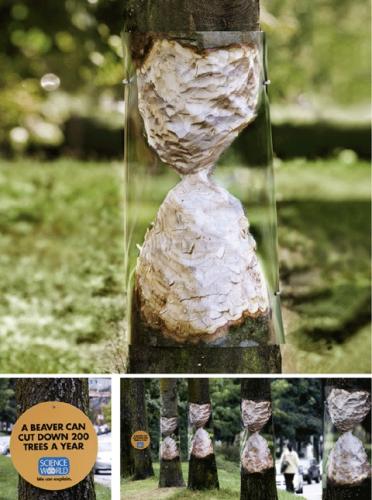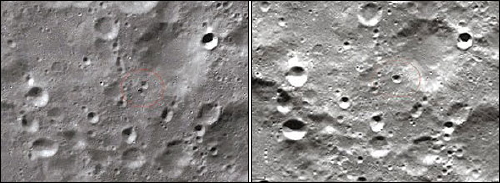What is the world record for staying awake? —
The London Times reports that Tony Wright of Cornwall recently stayed awake for 266 hours. He was attempting to break the world record of 264 hours awake set by Randy Gardner of San Diego in 1964. Wright was also attempting to demonstrate that, thanks to his "caveman diet" of raw food, he was able to "train his mind in such a way as to stay awake for 11 days and remain coherent and aware of what was going on around him."
The Times then goes on to report the bad news. Gardner didn't actually hold the world record for staying awake. Gardner's record had long since been surpassed by others. So Wright didn't set a new record.
The Times reports that: "The Guinness previous record was for 11½ days, or 276 hours, and was set by Toimi Soini in Hamina, Finland, between February 5 to 15, 1964." However, Soini's record was removed from the Guinness Book of Records in 1989. "It was deleted on the grounds that it could encourage records harmful to health and was unverifiable because of the claims of insomnia sufferers."
Actually, the question of who holds the world record for staying awake is a little more complicated than that, which I know because Gardner's sleep deprivation experiment is one of the experiments I discuss in
Elephants On Acid: and Other Bizarre Experiments
. I even interviewed Randy Gardner, who still lives in San Diego.
Gardner set his record on January 8, 1964. Two weeks later newspapers reported that Jim Thomas, a student at Fresno State College, beat Gardner's record by staying awake for 266.5 hours. And a month later Soini set the new record. 1964 was a banner year for sleep-deprivation trials.
However, subsequent issues of the Guinness Book of Records report far longer periods of sleep deprivation. The 1978 edition, for instance, states that:
The longest recorded period for which a person has voluntarily gone without sleep is 449 hr (14 days 13 hours) by Mrs. Maureen Weston of Peterborough, Cambridgeshire in a rocking chair marathon on 14 Apr.-2 May 1977. Though she tended to hallucinate toward the end of this surely ill-advised test, she surprisingly suffered no lasting ill effects.
Ironically, I don't believe Randy Gardner's record ever did make it into Guinness. Gardner reports that "I did not get listed in Guiness as I missed the publication date." However, Gardner's record is the most frequently cited because it was (and probably still is) the most scientifically rigorous long-term human sleep-deprivation study, since Gardner was monitored by Dr. William Dement of Stanford University.
The overall problem with determining the record for the longest a person has stayed awake is that people take "microsleeps" without being aware of it. To really determine if a person has been constantly awake you'd need to record their brainwaves throughout the experiment. As far as I know, such a study has never been done.



 The Aristotle Illusion: Cross your fingers and touch your nose. You may feel two noses. (It didn't work for me.)
The Aristotle Illusion: Cross your fingers and touch your nose. You may feel two noses. (It didn't work for me.)
 Bob (aka Cranky Media Guy) sent me a link to an article about "Scientific Hoaxes" scanned from the Dec. 1931 issue of Modern Mechanix magazine. I love old popular-science magazines like this. They're a great source of strange information.
Bob (aka Cranky Media Guy) sent me a link to an article about "Scientific Hoaxes" scanned from the Dec. 1931 issue of Modern Mechanix magazine. I love old popular-science magazines like this. They're a great source of strange information.
 Down in the Antarctic researchers are building an "ice cube telescope" to detect neutrinos. It's one of the stranger telescopes ever built. Popular Science provides this description of it:
Down in the Antarctic researchers are building an "ice cube telescope" to detect neutrinos. It's one of the stranger telescopes ever built. Popular Science provides this description of it: SellMyDna.com offers to help you sell a sample of your DNA to a research company, New Line Genetics, who will then obtain a patent for it. They pay $5000!
SellMyDna.com offers to help you sell a sample of your DNA to a research company, New Line Genetics, who will then obtain a patent for it. They pay $5000!